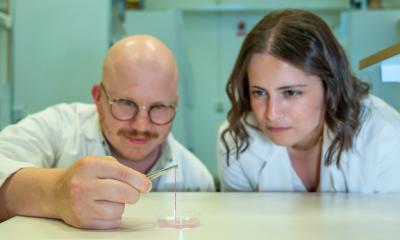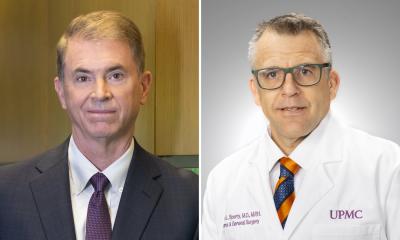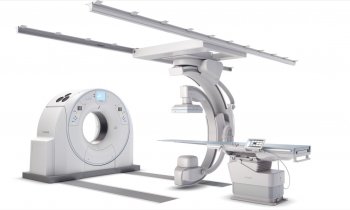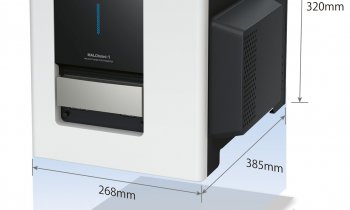News • TV vs reality
Grey’s Anatomy may be distorting public expectations of trauma care
Gap between fiction and reality may be important in era of focus on patient experience, say authors
The television drama, Grey’s Anatomy, may be giving viewers a false impression of the realities of trauma care, including the speed at which patients recover after sustaining serious injuries, finds research published in the online journal Trauma Surgery & Acute Care Open. Unrealistic expectations of healthcare may be important in an era in which patient satisfaction is a key component of quality initiatives and performance related pay, say the authors. While many medical dramas strive for authenticity, the constraints of the format and the need to keep viewers hooked with juicy storylines often mean that realism takes a back seat, they say. To try and quantify this, they compared the portrayal of trauma sustained by 290 fictional patients in 269 episodes of Grey’s Anatomy--the first 12 seasons (2005-16)-- with real life injuries sustained by 4812 patients in the 2012 National Trauma Databank.
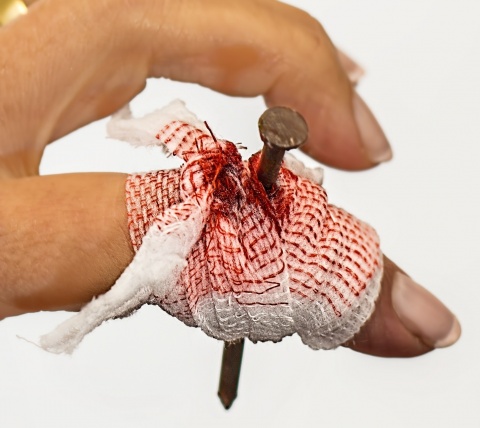
The death rate was 3 times higher in Grey’s Anatomy than in real life (22% compared with 7%), and most (71%) of the TV patients went straight from emergency care to the operating theatre, whereas only one in four (25%) of the databank patients did so. Among the survivors of TV trauma, only around 1 in 20 (6%) were transferred to a long term care facility--significantly lower than the proportion of actual patients (22%). And among the seriously injured, half of fictional patients spent less than a week in hospital, whereas only one in five (20%) of real life patients did so. “Although realism is an integral element to the success of a television drama set in a contemporary workplace, be it a hospital or police department, the requirements for dramatic effect demand a focus on the exceptional rather than the mundane,” write the authors. “Hence, American television medical dramas tend to rely on storylines that feature rare diseases, odd presentations of common diseases, fantastic and/or quirky injuries, and mass casualty events, all framed within a ‘realistic’ representation of a typical US hospital."
Divergence of patient expectations from reality may, in fact, contribute to lower levels of satisfaction
And the time constraints of an episode dictate that most of the plotlines are wrapped up within the hour. “The balancing act between the presentation of the realistic and the dramatic can actually result in a skewed perception of reality among television viewers,” write the authors, citing various previously published studies. In an era where considerable store is set by patient satisfaction, scores for which feed into quality improvement initiatives and the payments clinicians receive, this could be important, they suggest. “Divergence of patient expectations from reality may, in fact, contribute to lower levels of satisfaction,” they conclude.
Source: The BMJ
20.02.2018




